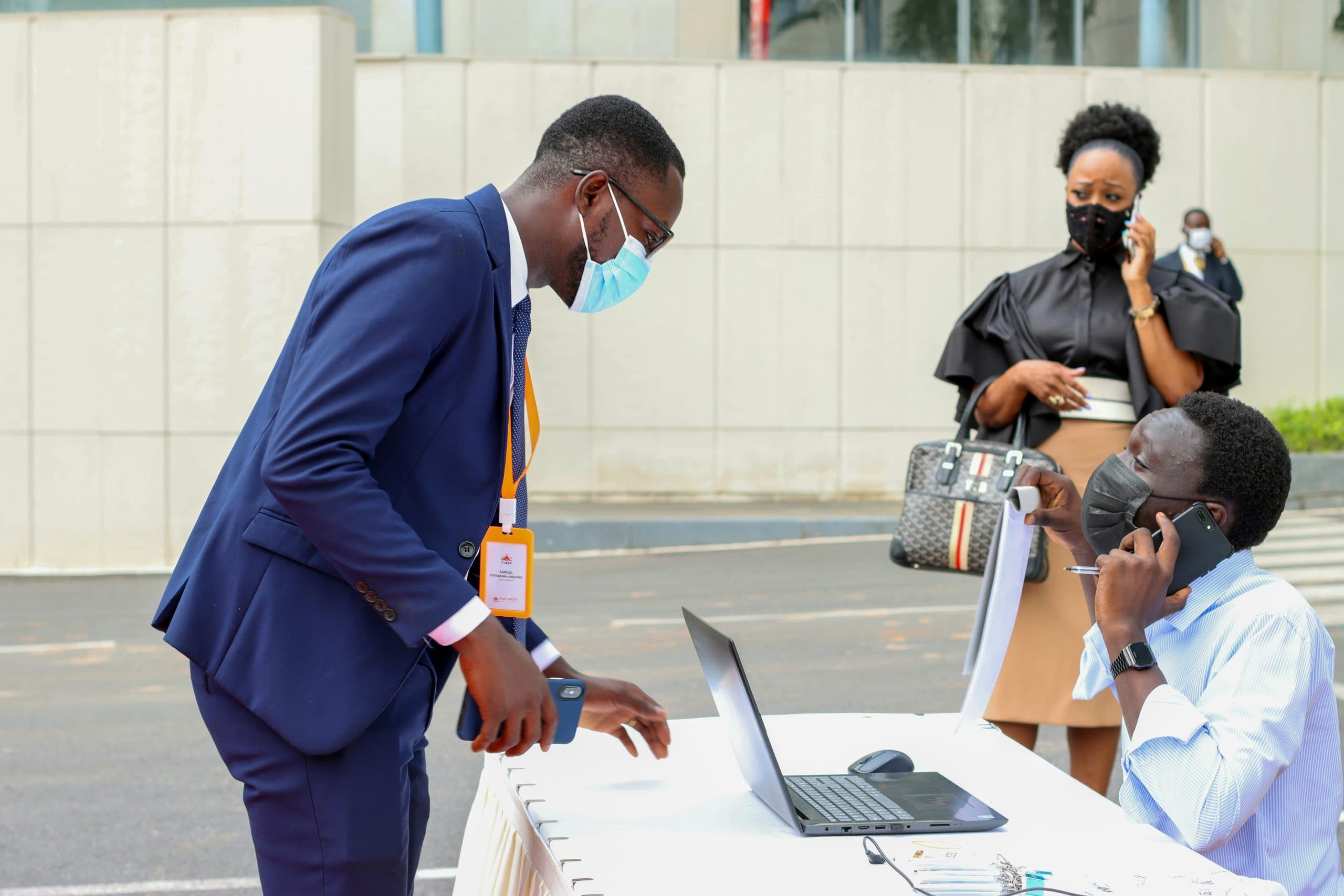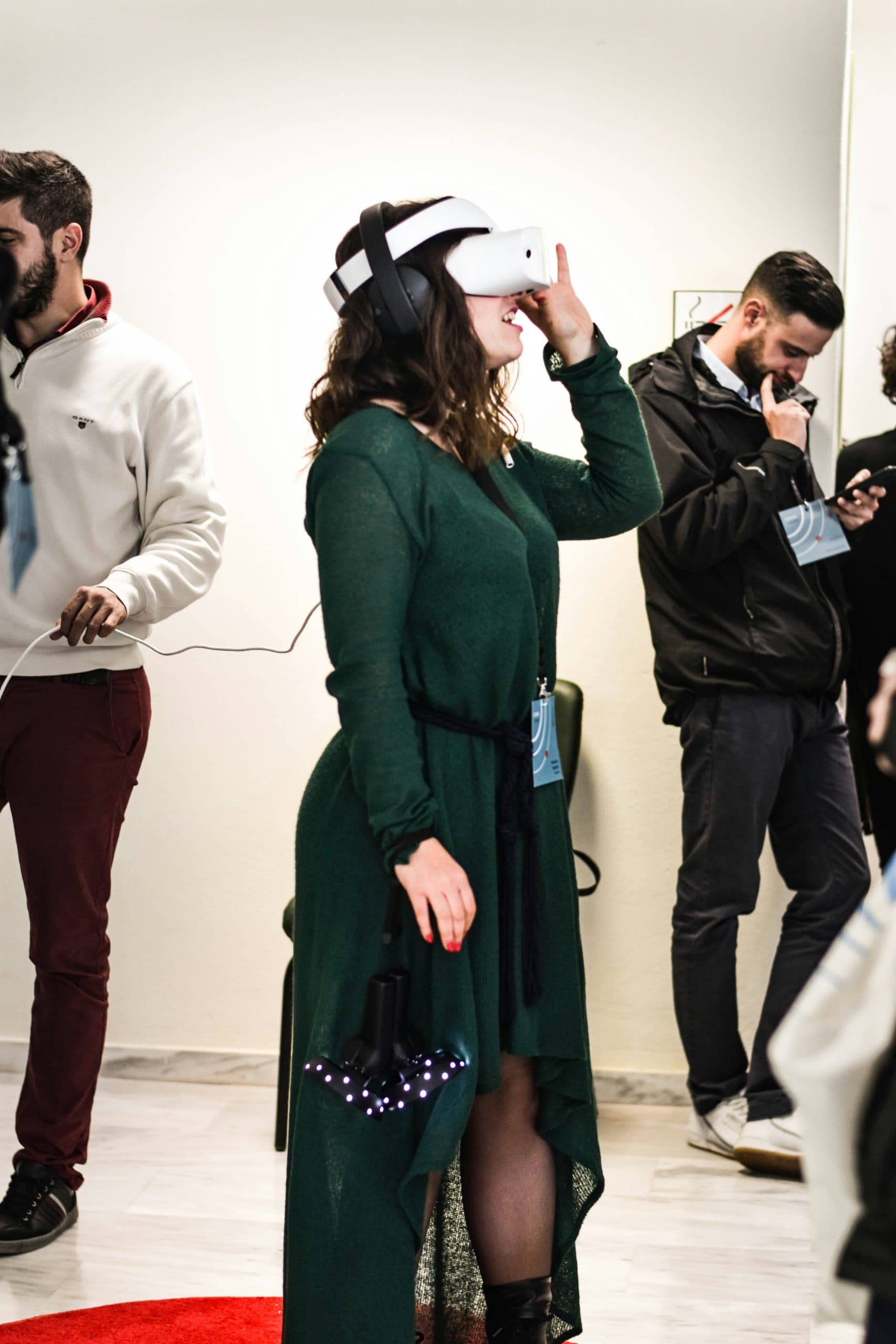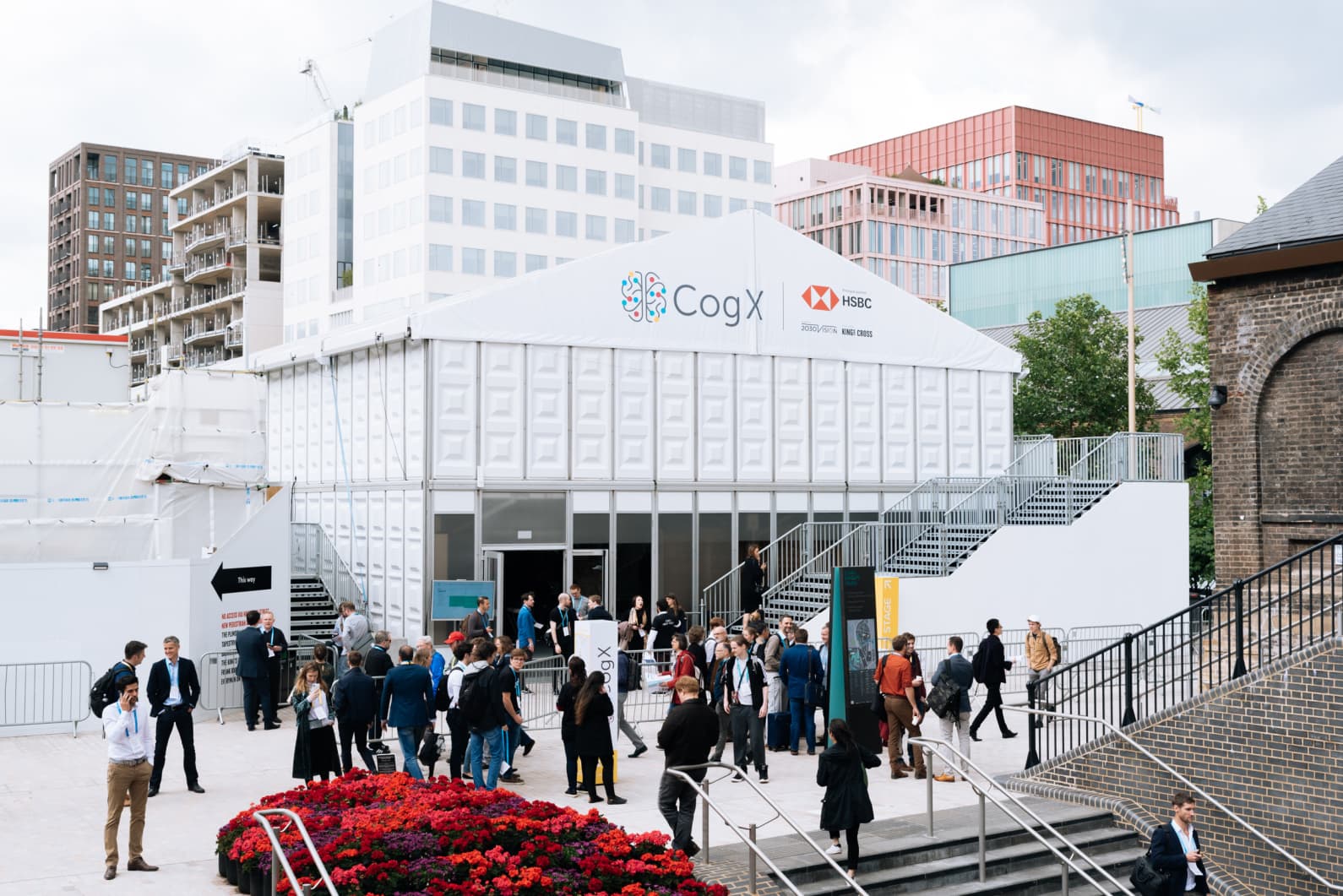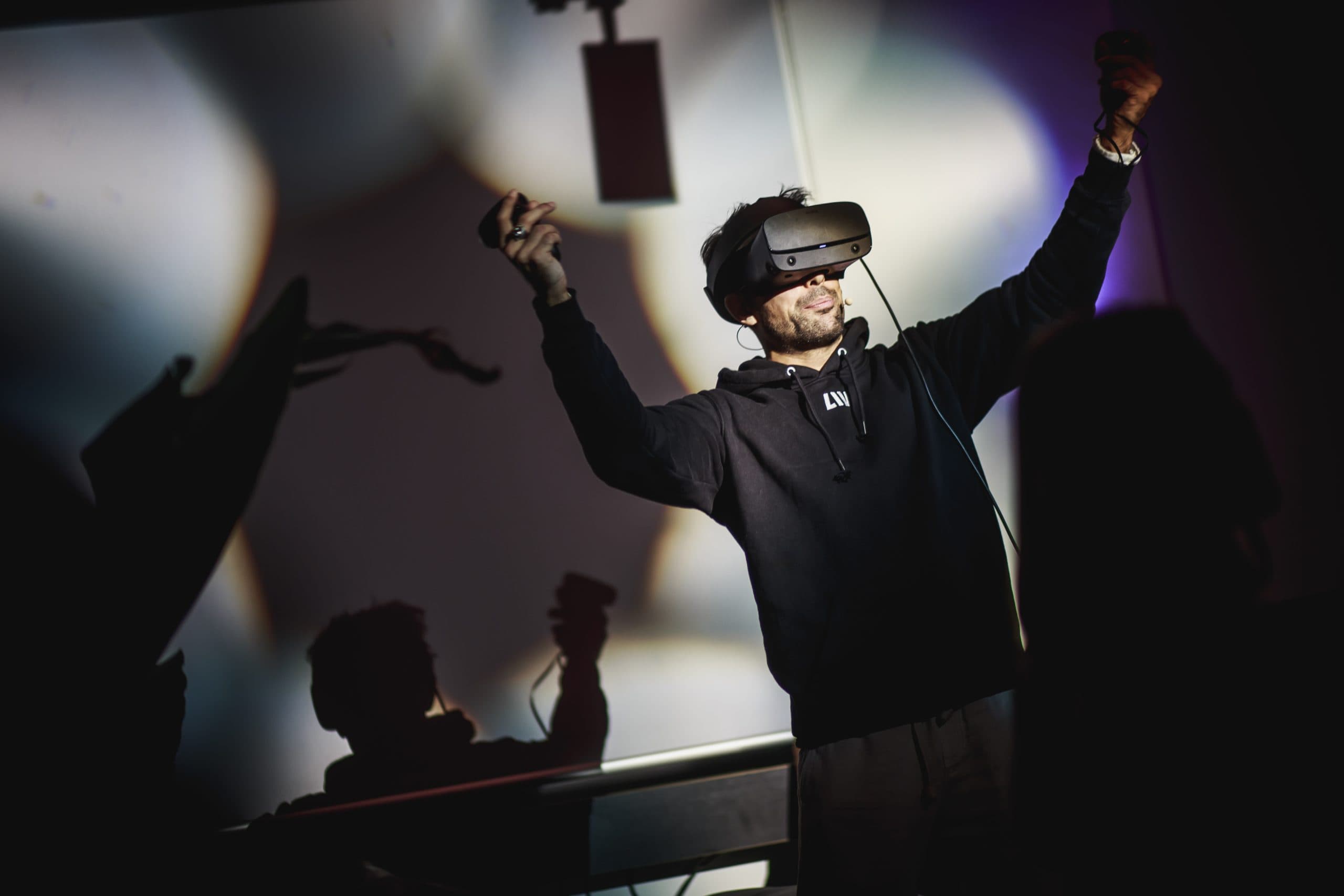
Wearable technology is emerging as a game-changer, offering new ways to enhance engagement and streamline data collection at live experiences where the smoother the technology, the better the brand impression. Here’s 9 ways wearable tech can improve processes, networking and understanding your audience at your next tech event.

Hassle-free Engagement
Smart Badges: Wearable badges containing RFID or NFC allows for easier check-in, access, and networking. Participants can share details through a simple touch of the device rather than using business cards or filling in forms.
Real-Time Updates: Smartwatches and other wearables can provide real-time updates about event schedules, speaker sessions, and location changes, ensuring attendees are always informed and engaged.
Personalised Engagement
Customised Agendas: Wearable devices can track attendee preferences and behaviour, allowing for personalised agendas and notifications. For example, if an attendee shows interest in AI during registration, they can receive alerts about related sessions or networking opportunities.
Interactive Sessions: Wearables can facilitate interactive sessions through live polling and Q&A, enhancing audience participation and creating a more dynamic experience.
Enhanced Networking
Matchmaking Algorithms: Wearables can use data to match attendees with similar interests or complementary business goals, encouraging more meaningful and productive connections.
Virtual Business Cards: Smart badges or wearables can store and exchange digital business cards, ensuring contact information is always up-to-date and reducing paper waste.

Comprehensive Analytics
Behaviour Tracking: Wearables can track attendee movement and behaviour, providing insights into which sessions or exhibits are most popular. This data can inform future event planning and layout optimisation.
Engagement Metrics: By monitoring how attendees interact with different elements of the event, organisers can gain a deeper understanding of engagement levels and identify areas for improvement.
Real-Time Feedback
Instant Surveys: Wearables can prompt attendees to provide real-time feedback through quick surveys or ratings, offering immediate insights into the success of various sessions and activities.
Heat Maps: Data from wearables can generate heat maps showing high-traffic areas and popular zones, helping organisers understand attendee preferences and optimise space usage.
Post-Event Analysis
Detailed Reports: The data collected from wearables can be analysed post-event to produce detailed reports on attendee behaviour, session popularity, and engagement levels. These insights can drive strategic decisions for future events.
ROI Measurement: Wearables can help measure the return on investment by tracking attendee engagement and satisfaction, providing concrete data to justify event expenses and identify successful elements.

Experiential marketing thrives on creating immersive and personalised experiences that resonate with attendees. Wearable technology plays a crucial role in this by providing the tools to tailor experiences and measure their impact effectively.
Creating Immersive Experiences
Augmented Reality (AR) and Virtual Reality (VR): Integrate AR and VR experiences through wearables to offer immersive product demos or virtual tours, capturing the imagination of tech-savvy attendees.
Gamification: Use wearables to gamify the event experience, encouraging attendees to complete certain actions or visit specific areas for rewards, thereby increasing engagement.
Tailoring Content Delivery
Personalised Content: Deliver personalised content to attendees based on data collected from wearables. This could include customised notifications about relevant sessions, targeted offers, or exclusive access to certain areas.
Dynamic Scheduling: Adjust the event schedule in real-time based on attendee preferences and engagement data, ensuring that the most popular sessions are given priority and reducing congestion in specific areas.
Measuring Impact
Data-Driven Insights: Use the comprehensive data collected through wearables to assess the success of experiential marketing efforts. Identify which elements resonated most with attendees and refine future strategies accordingly.
Continuous Improvement: Implement a feedback loop where data from wearables is continuously analysed to improve the attendee experience, ensuring that each event is better than the last.
Our live tech experiences









